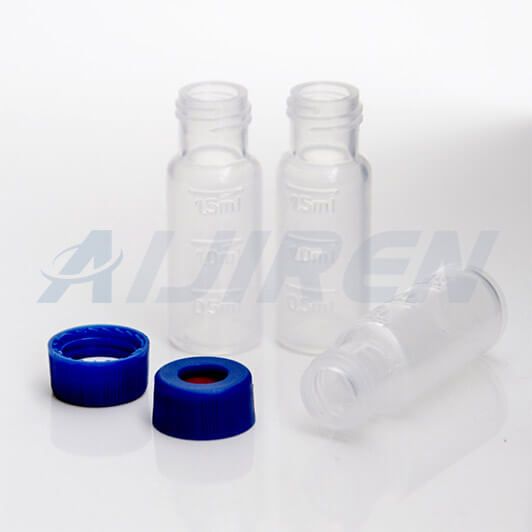How to selection chromatography vial?
Choosing the right
chromatographic vial for the lab is generally complex. At the same time, there are many factors to consider and a variety of sample vial models to be chosen. This article provides you with a guide to selecting
chromatographic vial, it help you solve your purchase doubts.
Chromatography vial materials are critical when selecting
chromatography vials. Depending on the use, choose a
glass vial or
plastic vial. Let's take a look at the difference between a glass vial and a plastic vial.
Glass vial
Glass vial are pure, which means that there are no traces of contaminants in their material, such as metals, which can interfere with experiments. Glass vial is also heat-resistant, as glass chromatographic vials can be heated to more than 500 ℃, which is crucial. The heat resistance makes glass bottles the best choice for many laboratories.
Plastic vials
Plastic vial have their own specifications and advantages. It is important to note that the type of plastic determines the use of the vial. Plastic vials can be made of polypropylene or poly methyl pentene (PMP). Polypropylene is the most popular plastic material. The data show that the tableware for storing the leftovers for dinner can be made of polypropylene. Polypropylene vials have heat resistance of up to 135 degrees Celsius, are translucent and are commonly used in chromatographic experiments.
PMP has higher heat resistance - up to 175 degrees Celsius - and is transparent, which increases the visibility of the sample inside the sample bottle. In addition to scientific use, PMP is also used to make cookware, microwave elements and so on.
Plastic vials have good chemical resistance, light weight construction, durability and economy
As
chromatography consumables supplier and manufacturer,
Aijiren can supply glass vial and plastic vial, all of the vial meet international product standards and ISO9001, GPI standards. When you purchase chromatography vial, please contact us:
[email protected].


